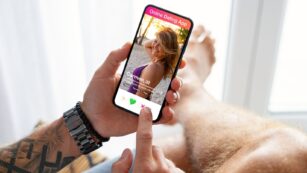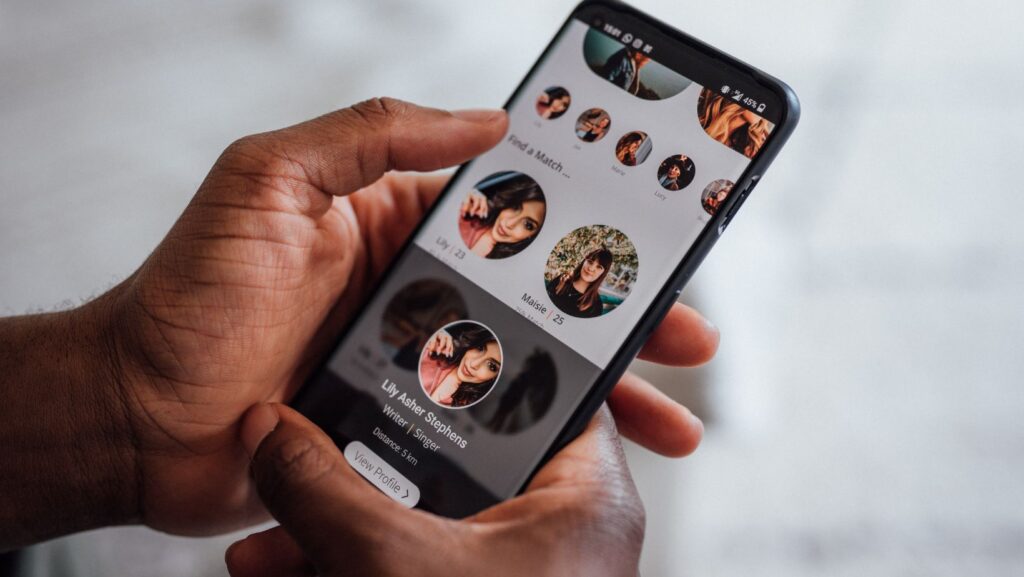In the quest for love and companionship, many turn to dating apps, only to find themselves questioning the hefty price tags attached to the promise of finding a match. Why are dating apps so expensive? This question puzzles singles navigating the digital dating landscape, where the heart’s search often comes with a premium fee.
The economics of dating apps hinge on various factors, from technological infrastructure to marketing efforts aimed at drawing in a vast pool of hopeful romantics. These platforms claim to offer a higher chance of finding meaningful connections, leveraging sophisticated algorithms and exclusive features to justify their costs.
Why Are Dating Apps So Expensive
The Business Model Behind Dating Apps
 The business model of dating apps plays a crucial role in explaining why these platforms charge what they do. Essentially, dating apps incur significant costs in creating, maintaining, and improving their services. Funding these expenses necessitates income, which primarily comes from user subscriptions and in-app purchases.
The business model of dating apps plays a crucial role in explaining why these platforms charge what they do. Essentially, dating apps incur significant costs in creating, maintaining, and improving their services. Funding these expenses necessitates income, which primarily comes from user subscriptions and in-app purchases.
Firstly, development costs stand out. Creating an app that’s both functional and appealing requires a team of skilled professionals, including developers, designers, and quality assurance testers. Post-launch, continued app maintenance and updates further drive up the expenses.
Secondly, advanced algorithms and exclusive features, touted as key benefits of using these platforms, necessitate ongoing technological investments. From machine learning models that improve match quality to user verification processes for safety, each feature adds to the costs.
Thirdly, securing a user base in the competitive landscape of dating apps involves hefty marketing and promotional efforts. Advertising campaigns, social media promotion, and partnerships all require substantial budgets to effectively attract and retain users.
The Costs Behind the Screen
 Exploring why dating apps are so expensive requires understanding the substantial costs they incur behind the screen. Dating apps invest heavily in advanced technology to develop algorithms that enhance user experience, matching precision, and safety. This technology not only demands initial development but also continuous updates and maintenance to meet evolving user expectations and cybersecurity threats. Additionally, the creation of user-friendly interfaces and features requires the expertise of skilled software engineers and designers, professions known for commanding high salaries.
Exploring why dating apps are so expensive requires understanding the substantial costs they incur behind the screen. Dating apps invest heavily in advanced technology to develop algorithms that enhance user experience, matching precision, and safety. This technology not only demands initial development but also continuous updates and maintenance to meet evolving user expectations and cybersecurity threats. Additionally, the creation of user-friendly interfaces and features requires the expertise of skilled software engineers and designers, professions known for commanding high salaries.
Operational expenses further contribute to the costs. These include hosting services to ensure the app’s availability and speed, customer support to assist users with issues or concerns, and moderation teams to review profiles and content, ensuring a safe and respectful community.
The Psychology of Pricing in Dating Apps
The psychology of pricing in dating apps plays a significant role in their cost structure. Dating apps use strategic pricing to suggest value and quality, aligning with the psychological principle that higher prices often indicate superior service. This perception motivates users to invest in premium features, believing they’ll enhance their dating experience. Moreover, tiered pricing models create a sense of exclusivity and urgency. By offering different subscription levels, dating apps tap into users’ desires to access exclusive features that promise to increase their chances of finding a match. This psychological approach not only justifies why dating apps are so expensive but also emphasizes the premium experience users can expect.
Comparing Dating App Subscription Plans
 Dating app subscription plans vary widely, reflecting the extensive range of features and services they offer. These platforms cater to different audiences, with each app focusing on specific aspects such as matchmaking efficiency, user privacy, and unique interaction modes. For instance, premium subscription plans may include benefits like unlimited swipes, enhanced visibility, and the ability to see who has liked your profile without having to match first. Apps like Tinder, Bumble, and Hinge offer tiered subscription models, each with its own set of perks to improve the user’s dating experience. Such diversity in subscription options underscores why dating apps are perceived as expensive. It highlights the extensive investment in technology, user experience, and safety measures essential to provide quality service. By comparing these plans, users can discern the value offered by each level, understanding the correlation between cost and the quality of the dating experience. This comparison is crucial for users who weigh the benefits of upgraded features against their cost, providing insight into the financial aspect of seeking connections via dating apps.
Dating app subscription plans vary widely, reflecting the extensive range of features and services they offer. These platforms cater to different audiences, with each app focusing on specific aspects such as matchmaking efficiency, user privacy, and unique interaction modes. For instance, premium subscription plans may include benefits like unlimited swipes, enhanced visibility, and the ability to see who has liked your profile without having to match first. Apps like Tinder, Bumble, and Hinge offer tiered subscription models, each with its own set of perks to improve the user’s dating experience. Such diversity in subscription options underscores why dating apps are perceived as expensive. It highlights the extensive investment in technology, user experience, and safety measures essential to provide quality service. By comparing these plans, users can discern the value offered by each level, understanding the correlation between cost and the quality of the dating experience. This comparison is crucial for users who weigh the benefits of upgraded features against their cost, providing insight into the financial aspect of seeking connections via dating apps.

